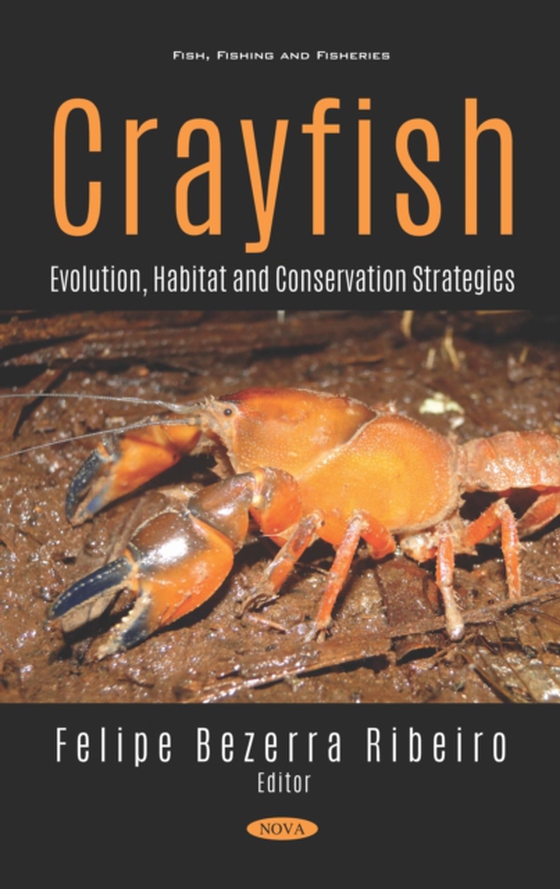
Crayfish: Evolution, Habitat and Conservation Strategies e-bog
2190,77 DKK
(inkl. moms 2738,46 DKK)
Crayfish are one of the most iconic freshwater crustacean groups of the world. The wide range of biological adaptations of the freshwater crayfish to the limnetic ecosystems is surprising, as is there is high potential of some taxa to become invasive species. There is a constant growing interest in develop research with freshwater crayfish. They can be an important food source in several countr...
E-bog
2190,77 DKK
Forlag
Nova
Udgivet
8 januar 2020
Længde
268 sider
Genrer
Freshwater biology
Sprog
English
Format
pdf
Beskyttelse
LCP
ISBN
9781536169423
Crayfish are one of the most iconic freshwater crustacean groups of the world. The wide range of biological adaptations of the freshwater crayfish to the limnetic ecosystems is surprising, as is there is high potential of some taxa to become invasive species. There is a constant growing interest in develop research with freshwater crayfish. They can be an important food source in several countries, the aquarium pet trade and cultural importance, in addition to the presence of several imperiled species. This book brings important reviews of some aspects of diversity, biological features, evolution, habitat characteristics, behavior and conservation strategies of freshwater crayfish, including native taxa, especially endemic from South America, New Guinea and North America, and non-indigenous species. In South American, new species have been discovered in recent years and are classified in threat categories, indicating the need of more studies regarding taxonomy and conservation. For New Guinean species, data about their exploitation by humans and further perspectives about the improvement of conservation practices are presented. In relation to the North American crayfish, this book brings information about some aspects of biology and behavior of the burrowing species Procambarus acanthophorus. A global assessment and future perspectives for all alien crayfish species are also presented in this book. Regarding the partenogenetic marbled crayfish, Procambarus virginalis, the book brings an extensive review covering aspects of detection history, biology, ecology, evolution, systematics and utilization of this species in the world. In additon, an overview of integrative taxonomy studies and cryptic diversity in crayfish is also presented.
 Dansk
Dansk

